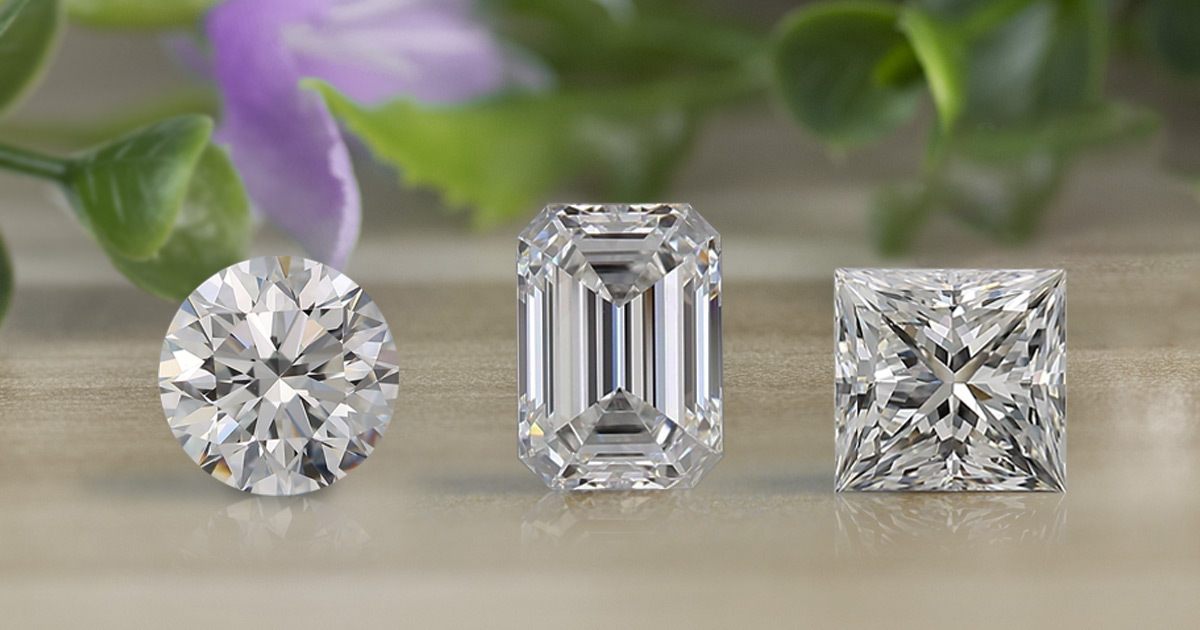
Lab diamonds, also known as synthetic or cultured diamonds, have been gaining popularity in recent years as a more sustainable and ethical alternative to natural diamonds. Despite being created in a laboratory, lab diamonds can still come with a hefty price tag. So, why are lab diamonds so expensive? Let’s dive into the factors that contribute to the cost of lab grown diamonds London.
Scientific and Technological Advancements
Generating lab diamonds requires advanced technology and scientific expertise. The process involves replicating the natural conditions under which diamonds form in the Earth’s mantle. From high-pressure high-temperature (HPHT) methods to chemical vapor deposition (CVD) techniques, the equipment and expertise needed for lab diamond creation contribute to the overall cost.
Quality Control and Certification
Ensuring the quality and authenticity of lab grown diamonds involves rigorous testing and certification processes. To reassure consumers of the diamond’s genuine nature, independent gemological laboratories meticulously evaluate and grade each lab diamond. This thorough quality control adds to the expenses associated with lab diamond production.
Research and Development Investment
The initial research and development phase of lab diamond production requires significant investment in time, resources, and expertise. Perfecting the techniques for growing diamonds in a controlled environment and developing sustainable practices demand substantial funding, contributing to the overall cost structure of lab-created diamonds.

Growing Market Demand
As more consumers seek sustainable and ethical alternatives to mined diamonds, the demand for lab diamonds has seen a notable surge. The increasing market demand for lab-grown diamonds allows producers to set prices at a premium, reflecting the value placed on ethical and eco-friendly diamond options.
Production Costs and Yield Rates
The production of lab diamonds involves expenses related to raw materials, energy consumption, and sophisticated machinery. Additionally, the yield rate of high-quality diamond crystals is relatively low, further contributing to the overall expenses and ultimately impacting the pricing of lab-created diamonds.
Branding and Marketing Strategy
Establishing lab-grown diamond brands and differentiating them from natural diamond counterparts involves strategic branding and marketing efforts. Building consumer confidence and awareness around lab diamonds requires substantial investment in marketing initiatives and brand positioning, which adds to the overall pricing structure.
Ethical and Environmental Responsibility
Compared to traditional diamond mining, lab-grown diamonds offer a more ethical and environmentally responsible choice. The investment in sustainable practices, ethical labor, and eco-friendly production processes contributes to the overall cost of lab diamonds, reflecting the commitment to responsible sourcing and production.
In conclusion, the pricing of lab diamonds is influenced by a myriad of factors, including the technological advancements, quality control measures, research and development investments, market demand, production costs, branding and marketing efforts, and ethical and environmental responsibilities. While the initial investment in lab diamond production may contribute to the higher price point, the growing demand for sustainable and ethical alternatives continues to shape the market for lab-grown diamonds.
It’s important to consider these factors when evaluating the pricing of lab diamonds and recognize the value they bring as a socially-conscious and environmentally-friendly choice in the world of fine jewelry.

:max_bytes(150000):strip_icc()/alekon-pictures-yj4kwA4h_Ms-unsplash-230509491f114970902d0e9aefb37850.jpg)



 Hello, I'm Daryl Vandeventer, an accomplished and versatile freelance professional with a strong passion for delivering top-tier solutions to clients worldwide. With a diverse background and years of experience, I've honed my skills and am committed to helping individuals and businesses achieve their goals.
Hello, I'm Daryl Vandeventer, an accomplished and versatile freelance professional with a strong passion for delivering top-tier solutions to clients worldwide. With a diverse background and years of experience, I've honed my skills and am committed to helping individuals and businesses achieve their goals.